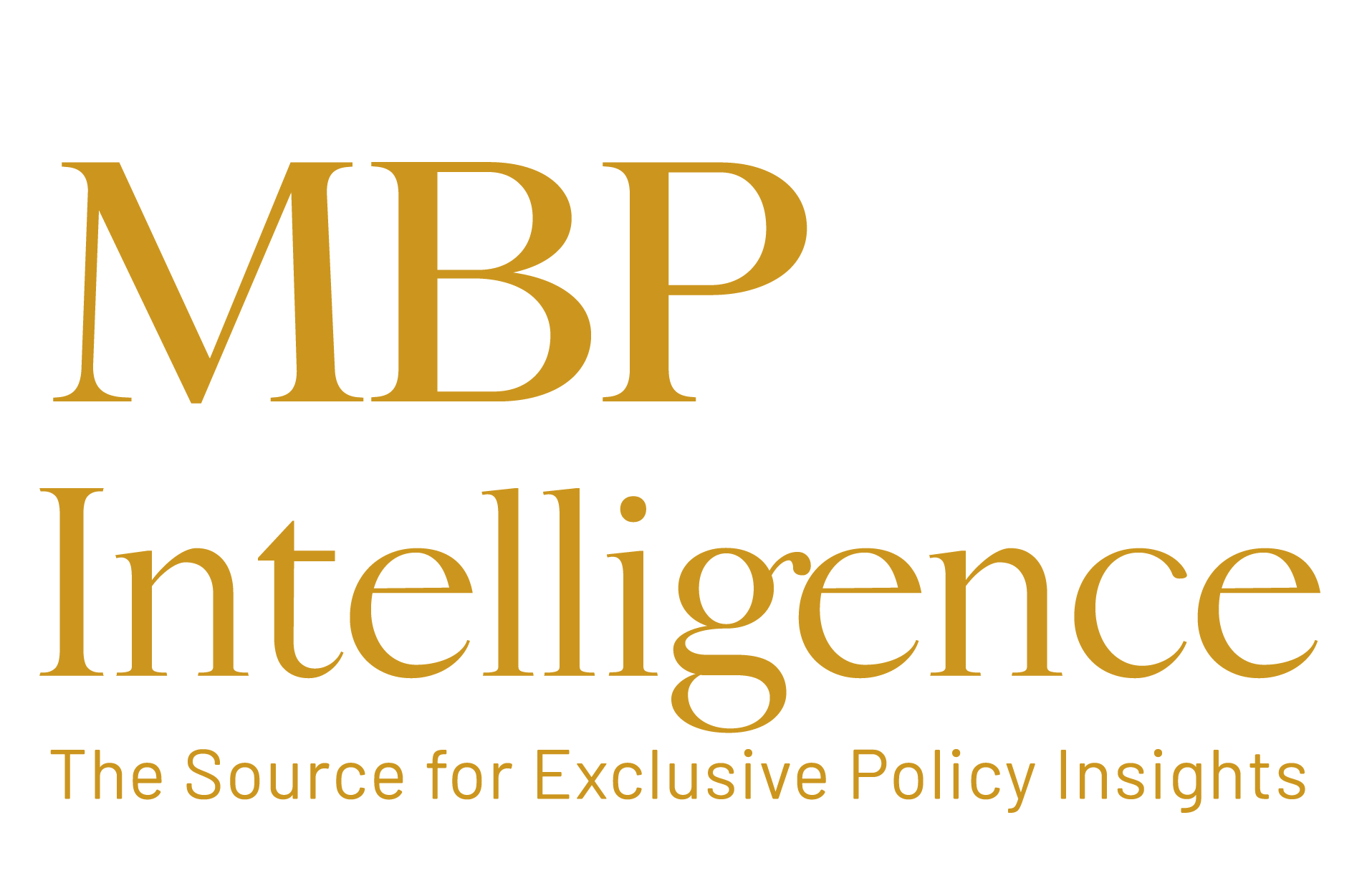
If Canada is going to survive and thrive in this new era we must start acting like the world has changed, because it has.
Sign up for free:
Get MBP Intelligence directly in your inbox
No spam. Unsubscribe anytime.
Key Points:
- Trump 2.0 is proving far more capable at implementing his agenda than Trump 1.0, and is facing minimal opposition.
- Trump’s agenda revolves around cutting taxes, monetizing trade deficits with global tariffs, reducing US defense commitments while pressuring allies to boost their own spending, and imposing American technology as the global standard.
- For Canada to survive in this new era, it’s going to require clear-eyed commitments to industrial policy, building national infrastructure, and not expecting CUSMA to save us.
I hate to say it, but Trump is winning.
He’s winning thanks in part to unreliable allies and bad negotiators like Keir Starmer, who scramble for first mover advantage to impress him. And there is currently little opposition in the US or abroad that is slowing him down.
To date, the only effective means of checking his behaviour has come from American markets and courts. And even markets have begun to give up, leaving so much in the eventual hands of a Republican controlled US Supreme Court.
And unlike Trump 1.0, when policy making was chaotic and ham-fisted, the Trump 2.0 agenda has been consistent, intellectually cohesive and comprehensive.
As Canadians, we must look at this agenda in its full form and not get lost in the isolation of specific sectoral fights or in response to his latest bozo eruption, like tariffs on movies.
There are 5 core elements to Trump’s agenda:
- Cut taxes for the top half of Americans.
- Lower the deficit and the yield curve (making it possible to finance more of 1).
- Pay for 1 and 2 by monetizing US trade deficits with massive global tariffs at levels not seen in a century.
- Lower US global defence exposure through isolationism and coerce allies to massively increase their own defence spending to alleviate pressures on US security guarantees. (This has the benefit of incrementally helping achieve point 2 and working in tandem with point 3).
- Use various domestic and international policy tools to make American technology the default standard and a pretext for market access. This commitment runs so deep that even as his Justice Department advances a domestic anti-trust agenda against big tech, Trump himself has used his bully pulpit globally to make other markets accept the dictats of US tech giants.
In isolation, each of these points can be seen as typical American exceptionalism or even as a natural extension of the populism that has disrupted politics in many other countries, but perhaps on a grander scale.
But together, they show that Trump 2.0 represents not just a rupture but a form of American imperialism.
Canadians have long guarded our separateness as an element of common faith, around which we have built economic and cultural institutions to defend our own way of life. As we believed the US shared a common interest in free trade we got increasingly comfortable with the idea that we could both protect our own sovereignty while also pursuing economic integration. That was a rational and effective strategy that paid dividends for our workers and companies.
But that era of free trade has ended.
And rather than put our heads in the sand and hope that things will just go back to normal, as some in Corporate Canada would naively like, we must see this new world for what it is.
If Canada is to survive and thrive in this new era we must be clear-eyed about the need to make bold and ambitious changes that champion our own companies, our own workers and our own institutions. We must not only defend ourselves but also build our own industrial capabilities and give ourselves the capacity to capture the full value of things we create here, from innovative intangibles to the critical minerals the world needs.
We must use the levers of industrial policy to double down on areas of the economy where we have a comparative advantage. We must build national infrastructure and connections that further integrate our common market and make it easier to get goods and services to each other and abroad.
We must not be afraid to act with the same purpose and efficiency as Trump. We are one eighth the size of our southern neighbours. But we have a lot of what America, and others want. We must leverage this.
The hope in some elite circles that CUSMA will return things to normal and that economic rationalism will somehow kick in is never going to work. It is fanciful thinking that puts us at a disadvantage.
Now that this is clear - in my next post I’ll discuss how and why Corporate Canada needs to embrace its own kind of patriotism.
